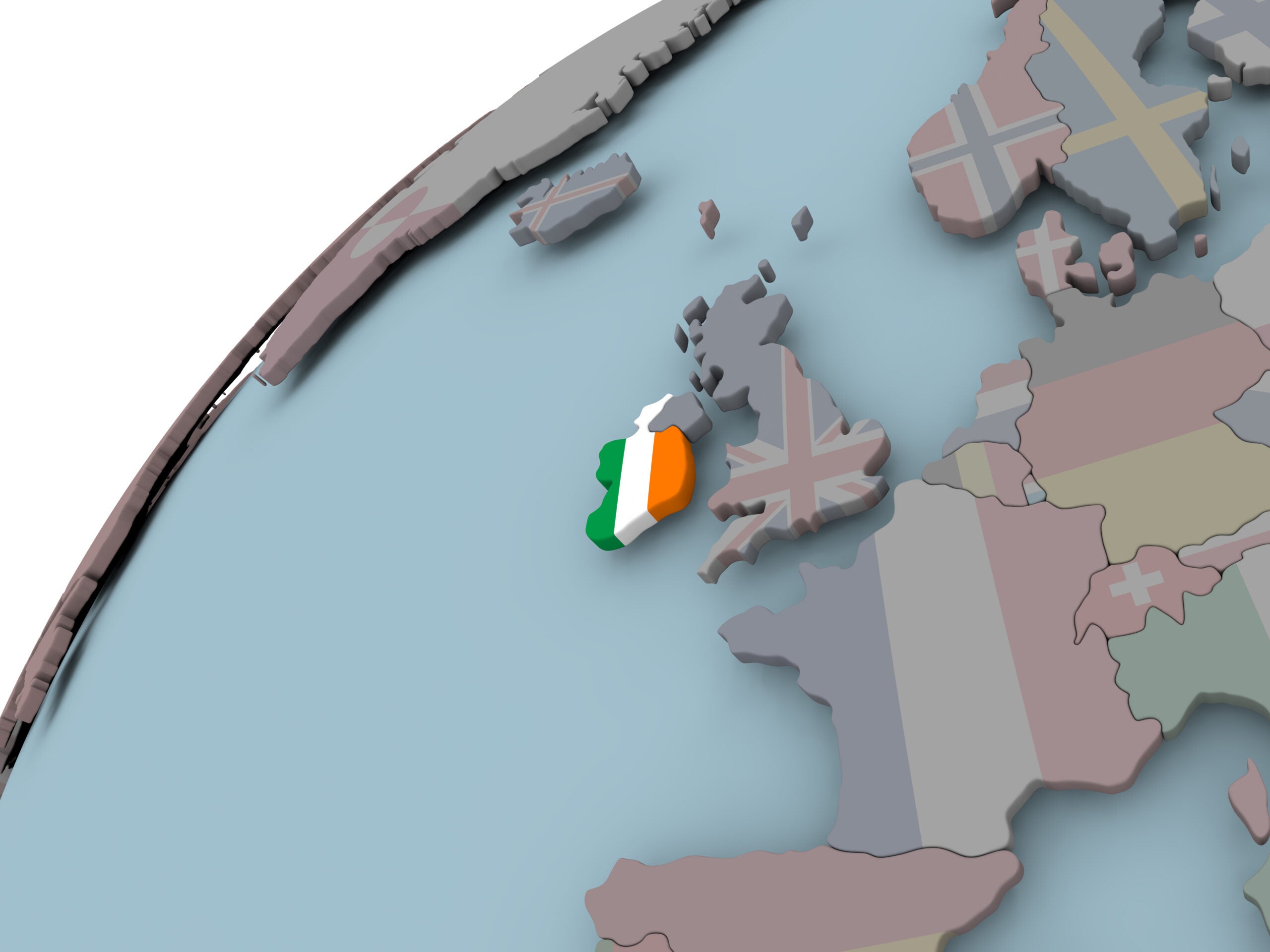
Today it was announced that the UK Prime Minister Theresa May has delayed the Brexit vote. Despite the Brexit deadline being just three months away, the issue of the Northern Irish backstop remains a major point of contention, with the Prime Minister saying there is “widespread and deep concern” over Northern Ireland.
What is the backstop?
Put simply, the Northern Irish backstop is an arrangement designed to avoid a hard border between Northern Ireland and the Republic of Ireland if a trade deal between the UK and the EU cannot be reached.

Access deeper industry intelligence
Experience unmatched clarity with a single platform that combines unique data, AI, and human expertise.
The border has been a contentious issue as having a hard border between the two countries could reignite tensions in Northern Ireland resolved by the 1998 Good Friday Agreement.
To prevent this from happening, a backstop will be put in place once the UK leaves the EU. This would mean that Northern Ireland would temporarily remain within the EU customs union until new trade arrangements for the UK can be negotiated.
However, having part of the UK still effectively in the EU, albeit temporarily, is a sticking point for some hard brexiteers, who have said that they will reject May’s Withdrawal Agreement if a Northern Irish backstop is put into place. The DUP also oppose the arrangement.
What has changed?
The Northern Irish backstop has caused tensions between the UK and Brussels, as the EU has stated that the temporary trade arrangement can only apply to Northern Ireland, whereas May has made it clear that she wants it to apply to the whole of the UK.

US Tariffs are shifting - will you react or anticipate?
Don’t let policy changes catch you off guard. Stay proactive with real-time data and expert analysis.
By GlobalDataIn a speech to the House of Commons, the Prime Minister outlined the changes to the backstop, making her intentions for the arrangement clear:
“The customs element of the backstop is now UK-wide. It no longer splits our country into two customs territories. This also means that the backstop is now an uncomfortable arrangement for the EU, so they wont want it come into use or persist for long if it does. Both sides are now legally committed to using best endeavors to have our new relationship in place before the end of the implementation period, ensuring the backstop is never used.”
May also confirmed that if a deal cannot be agreed, then the implementation period can be extended to avoid a backstop:
“If our new relationship isn’t ready, we can now choose to extend the implementation period, further reducing the likelihood of the backstop coming into use. If the backstop ever does come into use, we now don’t have to get the new relationship in place to get out of it. Alternative arrangements that make could be put in place instead. The treaty is now clear that the backstop can only ever be temporary, and there is now a termination clause.”
What happens next?
May has said that she now wants to return to Brussels to renegotiate the terms of the backstop, however today Irish Taoiseach Leo Varadkar has said that this is not possible without renegotiating the entire agreement, making changes to May’s Brexit plans look unlikely.
A meeting of European leaders is due to happen later this week, which may provide some clarity.







